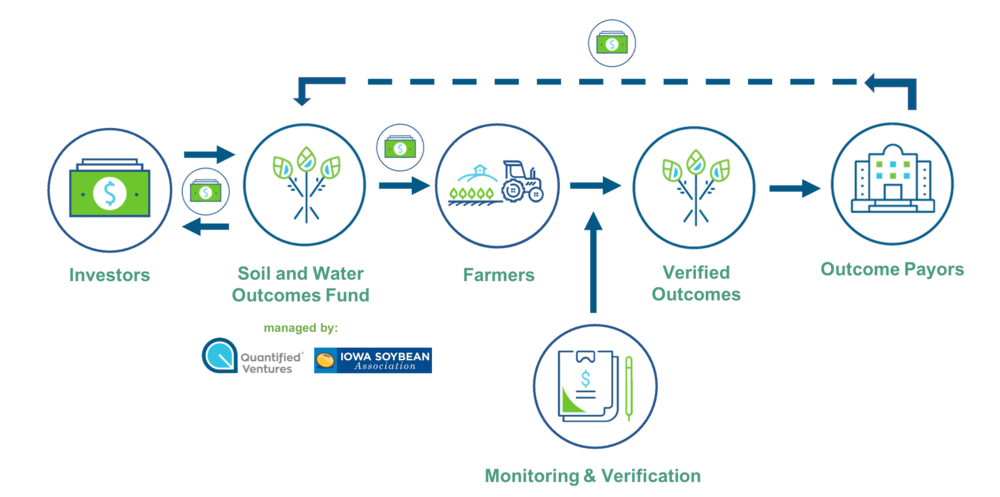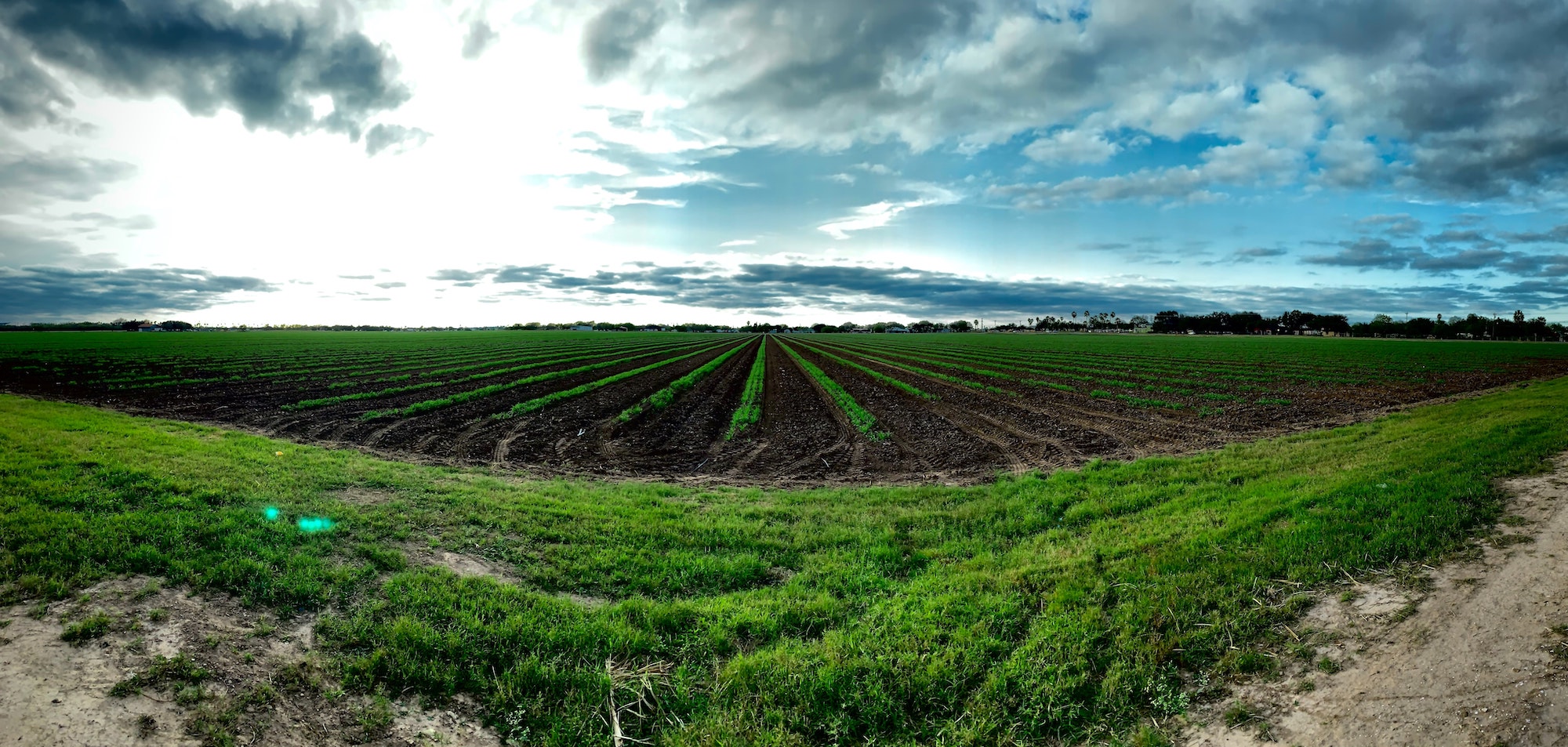With COVID-19 accelerating changes in consumer behaviour, it has become apparent that there are increased consumer demands on companies and brands to provide transparency into their supply chains and that consumer is ready to pay for it. Conscious consumer behaviour is more than just a trend that is associated with Gen Z, it is becoming increasingly prevalent across consumer groups, but what does it mean for the agricultural industry supply chain?
Transparency of the supply chain can be thought of in multiple ways, including food safety, the social impact of the brand or the product, and environmental impact.
Food safety is the fundamental requirement that has been imposed on the agriculture supply chain for decades and has made the food safety certification an established process for both primary producers and other parties in the supply chain.
The social impact of the brand largely pertains to their standards of treating the workers at the bottom of the supply chain, including following the fair trade principles and giving back to communities that help brands source their goods.
The environmental impact indicators have made it to consumer labels relatively recently, and unlike more established food safety and social impact certifications, they are directly linked to the crop management practices followed by the primary producer.
The direct dependence of the consumer-recognised value on the on-farm practices creates an opportunity to capture this value through the use of on-farm sustainability, and environmental-related data. This begs the question: “how can farmers and their advisors turn this consumer demand into an additional source of farm income?”
At present, farmers can access additional income through either leveraging a market premium on their produce or through sustainability incentives such as conservation credits. In the future, this range of sustainability-related incentives may expand to include favourable land-lease terms and insurance packages. The key to accessing these income sources lies in farmer’s ability to provide verifiable proof of it - using digital records in farm management software and machinery “as-applied” files. The near-term sustainability initiatives, like the one from Cargill and Iowa Soybean Association, are likely going to start by focusing on tillage practices and cover crop management, since they are simpler from both an adoption and verification standpoint, compared to more complex practices such as input use efficiency optimisation, although this is also being explored by Land O’Lakes’ TruTerra insights engine.

From the perspective of the commodity trader or a food brand, their ability to offer sustainability incentives to growers is only limited by their ability to cost-effectively verify the outcomes demonstrated by the farmer. The verification process is a critical step to enabling the farmers, as well as the rest of the supply chain, to unlock this value. Here is where the technology can be employed to bring the cost of the verification down. The building blocks of the solution have been maturing, and now are reaching the point where agtech providers, like FluroSat together with their sustainability partners, are ready to engage in 3rd-party verification trials. The verification process combines established expert-led verification methods with modern advances in remote sensing technology and crop modelling science. As the market gains confidence in the tech-driven sustainability verification solutions, they can be scaled much more quickly by keeping the cost of the manual “checks” to a minimum and instead relying more on the scalable crop modelling and cost-effective satellite/aerial imagery.
As this technology is maturing it is timely that farmers and their advisers start seeing on-farm data as the tool to inform and shape the sustainability initiatives that are being developed by various stakeholders in the supply chain, as well as use their data to unlock the additional sources of on-farm income, not to mention longer-term farm resilience.



